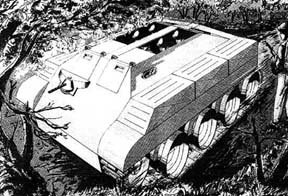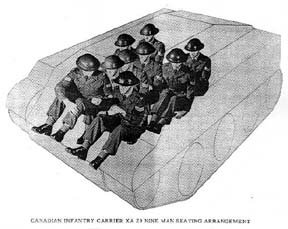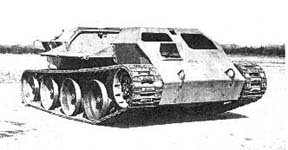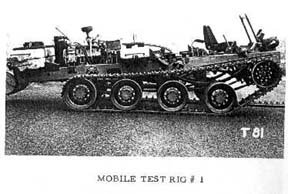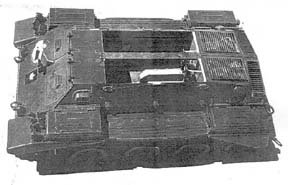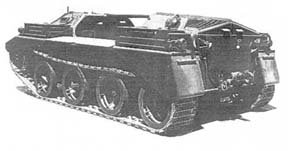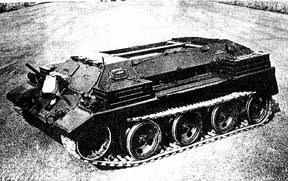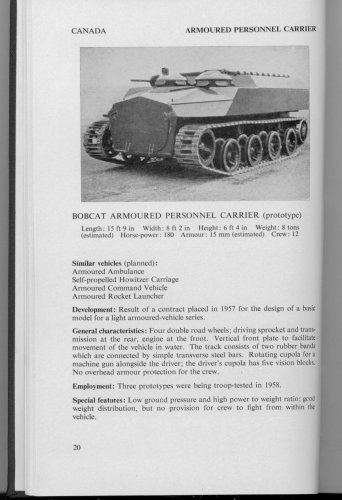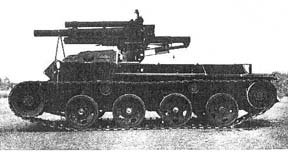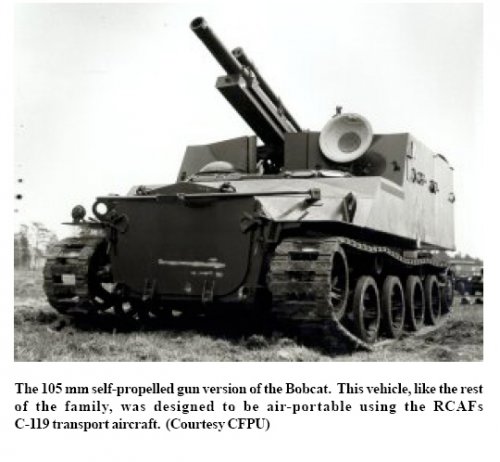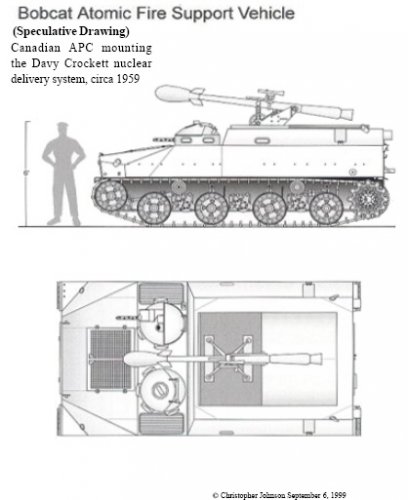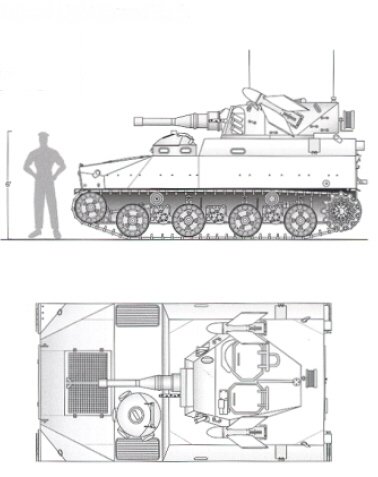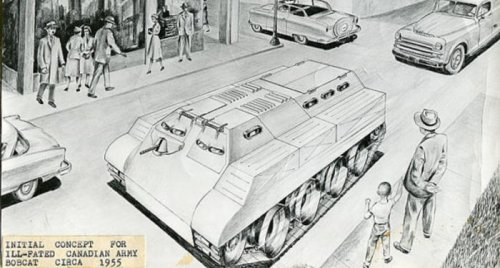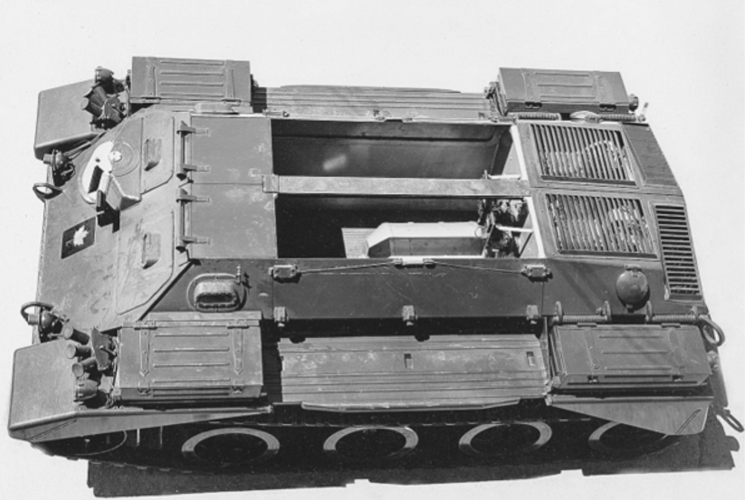riggerrob said:
XA20 suspension looks like it was based on the WW2-vintage Canadian Armoured Snowmobile ...
The XA-20 suspension may have been inspired by the Snowmobile, Armoured, Canadian, Mark I ... but scaled-up and with the roadwheels set much closer together for proportionately narrower tracks.
riggerrob said:
About 310 CAS were built by Forme & Delorme of Montreal...
Not 'Forme & Delorme' but Farand & Delorme Ltd (433 St-Martin St., Montreal) - a subsidiary of the United Steel Company Limited (which also bought out Welland Steel Castings Limited). But F&D advertised itself as "Boiler makers" not vehicle designers. The armoured snowmobile design came from Bombardier (with technical assistance from the NRC).
The Joseph-Armand Bombardier plant in Valcourt was apparently too small to fulfill military orders in a timely manner, so Bombardier turned to a company [Farand et Delorme] in Montreal to assist in production of armoured vehicles for the Allies. Certain parts would still have been manufactured [by Bombardier] in Valcourt.
Translated from:
Planification détaillée du secteur Griffintown: Analyse du cadre bâti,
version préliminaire, 28 mars 2007,
47-1
http://ville.montreal.qc.ca/pls/portal/docs/page/arr_so_fr/media/documents/etude_patrimoine_griffintown_bati.pdf
The Snowmobile, Armoured, Canadian, Mark I used 'half' of an M5A1
Stuart's powerplant (a 346 cid Cadillac flathead V8 engine and a
Hydramatic 4+1 automatic transmission) mated to the differential from Ford's T16 Universal Carrier. The engine means that the snowmo' sometimes shows up in Cadillac forums. In one, there is mention of a Farand & Delorme-built "B-FT2 Snow-A-1 snowmobile". Perhaps B-FT2 Snow-A-1 were internal designations for the armoured snowmobile?
Secondly, automotive engineers never really understood the end user: the poor bloody infantry...
Probably true but it was DND and the Canadian Army who came up with the
Bobcat's multi-use chassis concept which dictated moving the engine forward. Leylands could have anticipated the desirability of a front-mounted transaxle but, as with the armoured snowmobile, they were likely instructed to use mainly off-the-shelf drivetrain components to meet the budget.
As for CC-119s, RCAF planners wanted to retain the
Boxcars and were planning a major rebuild/modification program. But Ottawa was more concerned with meeting NATO commitments (especially being able to deliver CF-104s to Germany). So the CC-119 update program was dumped, in part, to fund the purchase of the C-130B
Hercules. And, let's face it, the Feds have had worse ideas than replacing
Boxcars with
Hercs!

